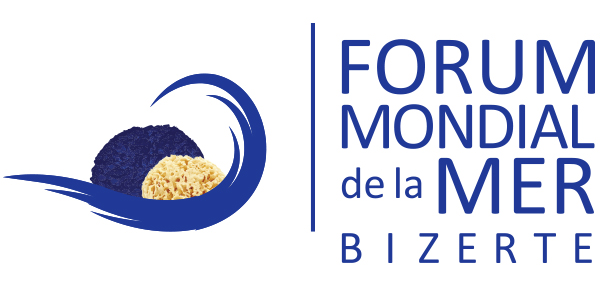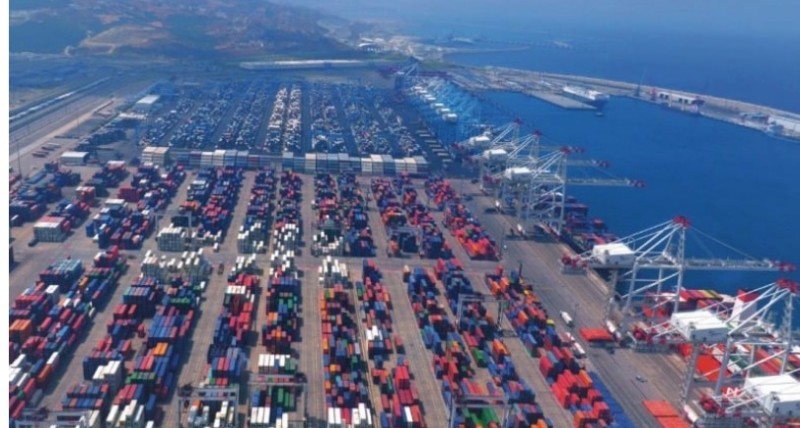Maria Darias is a research director at IRD, working within the MARBEC joint research unit. She coordinates AfriMAQUA, a marine aquaculture research network that brings together teams from West, Southern, and East Africa, as well as from France, to address the challenges related to aquatic food systems in Africa.
Maria, could you please introduce yourself?
I am a Research Director at IRD within the MARBEC research unit, currently seconded to the South African Department of Forestry, Fisheries and the Environment in Cape Town. My work focuses on the development of sustainable and nutrition-sensitive marine aquaculture, with a particular interest in the physiology, nutrition, and nutritional value of aquaculture species. I coordinate the IRN AfriMAQUA, which is also a programme under the United Nations Decade of Ocean Science for Sustainable Development, and I co-direct the LMI LIMAQUA in partnership with South Africa. Both initiatives aim to strengthen the sustainability and nutritional impact of marine aquaculture in Africa.
How is the food security situation evolving across the African continent?
According to the FAO’s 2024 SOFI (State of Food Security and Nutrition in the World) report, one in five Africans experienced hunger in 2023, making Africa the only region where undernourishment continues to rise. Nearly 58% of the population is affected by moderate or severe food insecurity—almost double the global average—and by 2030, over half of the world’s undernourished people will be in Africa. In addition, the prevalence of micronutrient deficiencies, especially among young children and women of reproductive age, is the highest on the continent. These facts highlight the urgent need to transform food systems to ensure access to healthy and affordable diets for all.
Aquatic foods play an important role in African diets. Why are they so essential from a nutritional perspective?
In many African countries, aquatic foods provide more than 20% of the average animal protein intake, and up to 50% in some regions. They are also the primary source of long-chain omega-3 fatty acids, which are critical for fetal development and for maintaining healthy immune and cardiovascular systems. Additionally, they deliver key micronutrients such as iron, zinc, calcium, iodine, and vitamins A, D, and B12—nutrients vital for growth, cognitive development, and immune function.
Despite a global rise in per capita consumption of aquatic foods, this trend is expected to decline in Africa, particularly in sub-Saharan Africa, because projected supply will not keep pace with population growth. This presents serious food security challenges. To reverse this trend, supply would need to increase by 74% just to maintain current consumption levels, and by 285% to reach the global per capita average.
What challenges are facing aquaculture in Africa?
Although African aquaculture has recorded the highest average annual growth rate globally over the past two decades, it still accounts for only 2% of global production—mostly freshwater-based. Marine aquaculture (excluding seaweed) remains the lowest in the world. The main challenges include limited availability of high-quality fry and improved strains, a lack of affordable and effective aquafeeds, as well as gaps in technical know-how, training, and extension services. Infrastructure is often inadequate, and poor access to markets is compounded by high post-harvest losses due to inefficient cold chains. Furthermore, a lack of supportive policies, research capacity, human resources, and financial investment continues to hinder the sector’s development—except in a few countries like Egypt and Nigeria.
You coordinate the AfriMAQUA network. What is its main objective?
This international network aims to bring together marine aquaculture research teams from West Africa (Senegal, Côte d’Ivoire), Southern Africa (Namibia, South Africa), and East Africa (Mozambique, Tanzania, Kenya, Mauritius), as well as from France. It promotes knowledge exchange, collaborative research efforts, and capacity building to support the development of sustainable and nutrition-sensitive marine aquaculture in Africa. A special emphasis is placed on South–South collaboration, including between French- and English-speaking African countries. AfriMAQUA is built upon the LIMAQUA Joint International Laboratory (Interdisciplinary African Laboratory for Sustainable and Nutrition-Sensitive Marine Aquaculture), based in South Africa, which serves as the main platform for structuring scientific collaborations and training initiatives. At the same time, the knowledge developed within LIMAQUA is transferred to other African countries through AfriMAQUA.
How are local communities involved?
Although local communities are not directly involved in the network itself, several collaborative projects carried out under AfriMAQUA engage them in tangible ways. For instance, in Kenya, we are conducting research on community aquaculture ponds to develop more sustainable practices. In Mozambique, we are exploring the integration of Artemia aquaculture into artisanal salt ponds as a complementary source of income for salt producers. AfriMAQUA also organizes participatory workshops that bring together stakeholders from research, government, the private sector, and civil society. One such workshop, held in Cape Town in 2024, aimed to co-develop recommendations for more sustainable, inclusive, and equitable aquatic food systems. A training program on participatory approaches is also planned for this year, enabling colleagues from each partner country to initiate local multi-stakeholder dialogues.
What stage is the project currently at?
We are currently in the second phase of the AfriMAQUA network, which was renewed in 2024. The first phase focused on building a strong and committed scientific community dedicated to sustainable marine aquaculture in Africa. We are now expanding our approach to include nutrition-sensitive dimensions, in order to promote more sustainable, resilient aquatic food systems that support healthier diets. This new phase builds on the achievements of the LIMAQUA Joint International Laboratory and incorporates interdisciplinary dimensions—marine aquaculture, human nutrition, and socioeconomics—while strengthening multi-stakeholder engagement. The next step is to consolidate this approach within the network and potentially expand it to other regions or countries on the continent, such as Central Africa, depending on additional funding.
Source: afrimaqua



